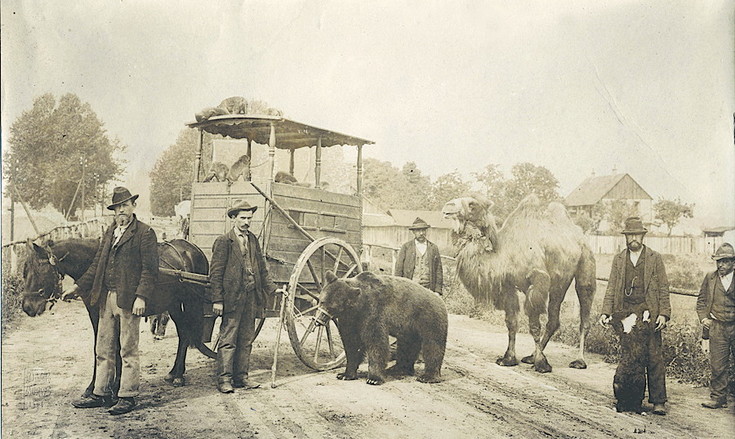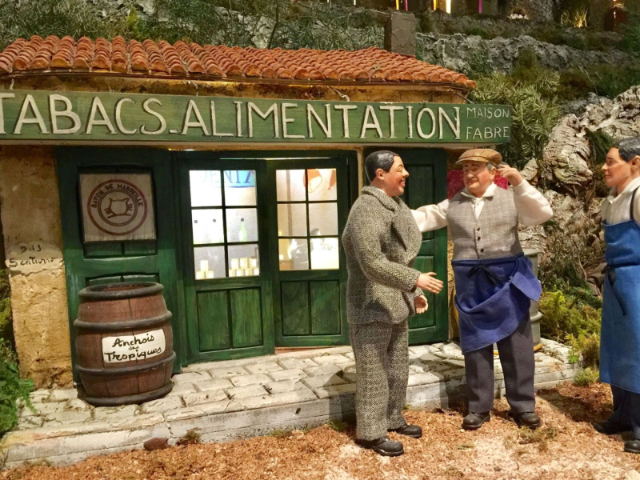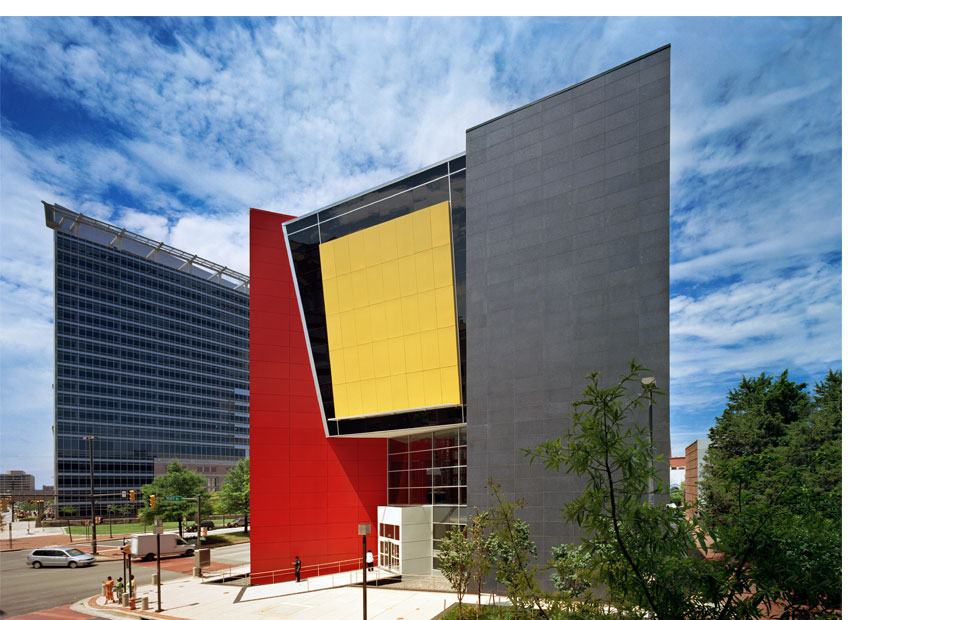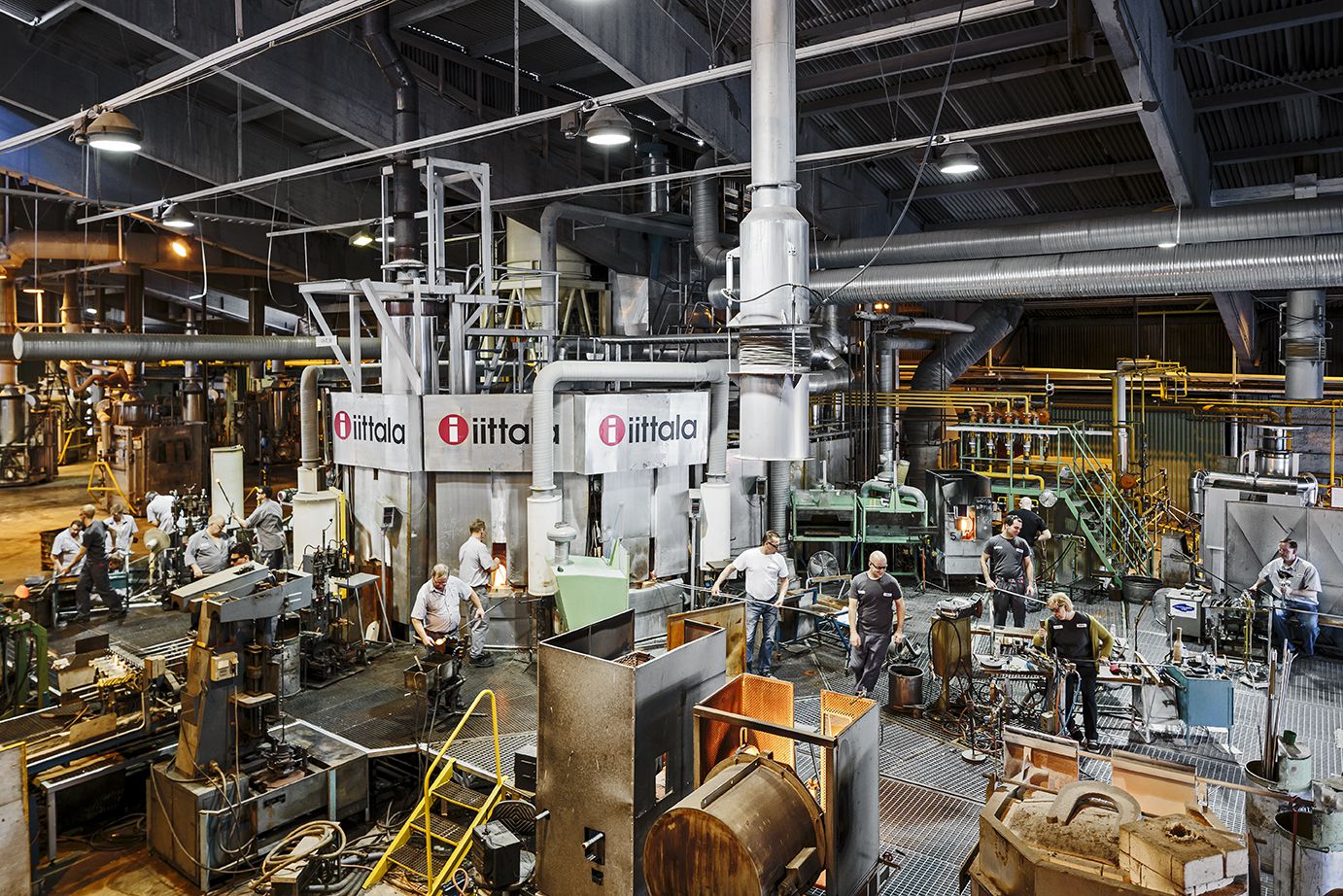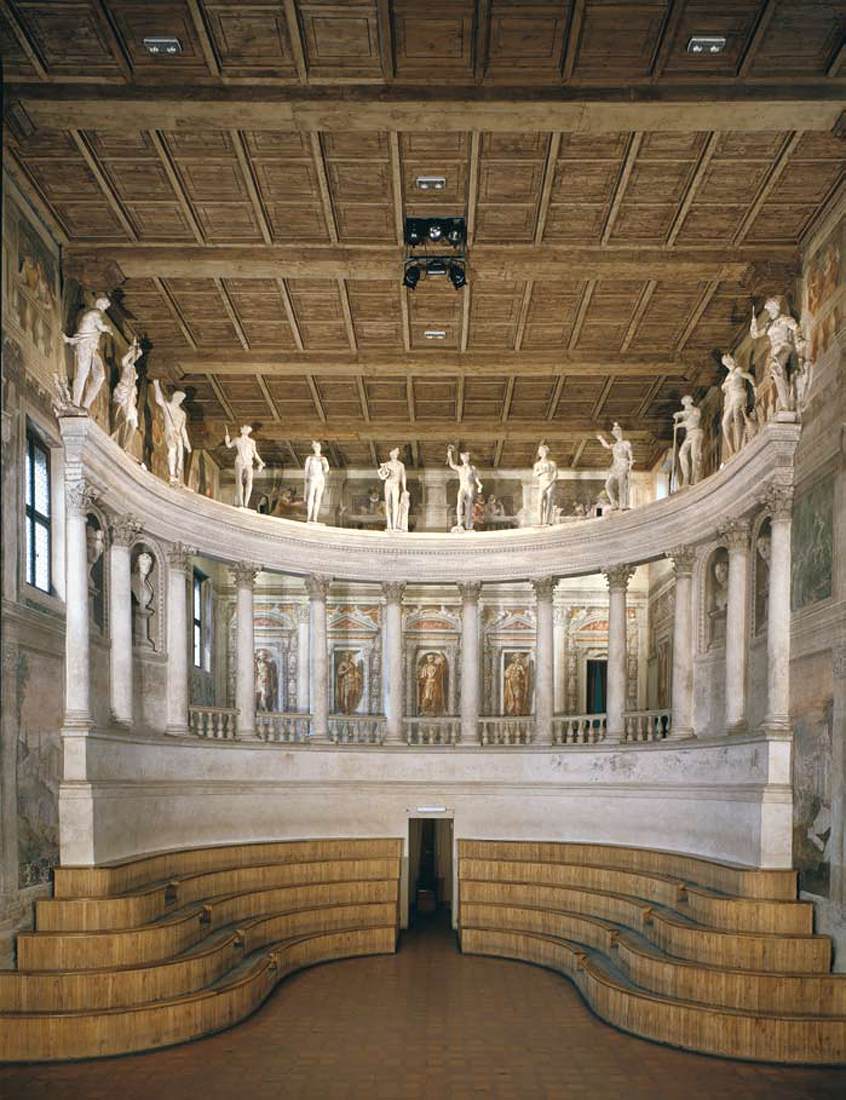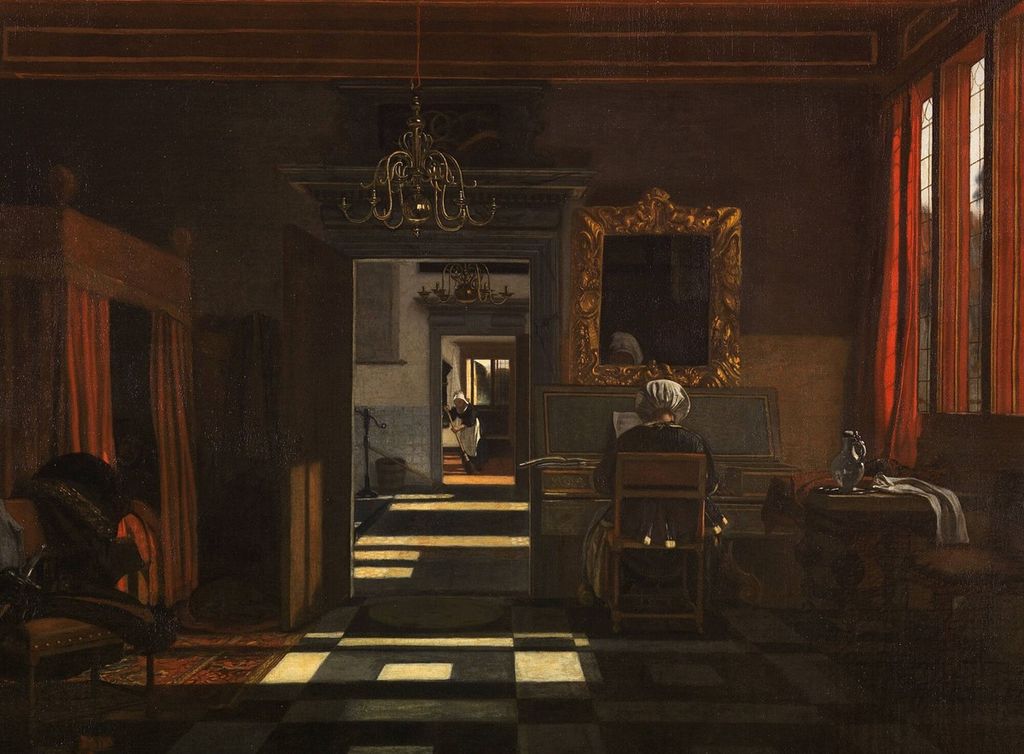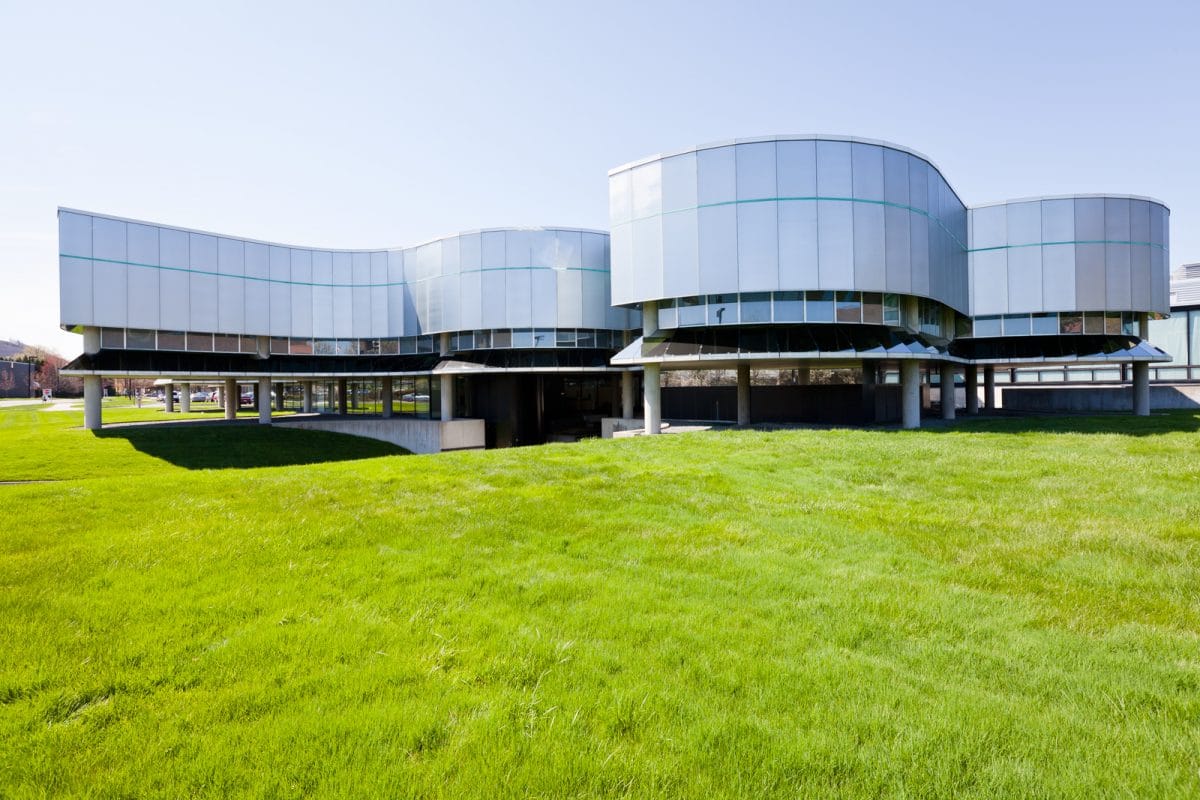The Museo gli Orsanti was originally founded in Compiano, in the deconsecrated church of San Rocco. It gathers evidence of the life of the Orsanti, brave men, artists, musicians and animal trainers who took their shows around the world, in the streets and squares.
The image that presents itself to the visitor is surprising, almost dreamlike: large papier-mâché bears, unusual musical instruments, stage costumes, period prints, paintings, documents and objects of daily life tell the story of men who left Compiano, presumably as early as the 18th century, and lived an adventurous life wandering through distant lands.
The Orsanti are not a narrative invention. Wandering emigration is a phenomenon that really existed in the areas of the Parma Apennines, and has remote roots. Begging, itinerant trade, rural and forest work, spinning, street shows with animals – Orsanti and Scimmmiari – or with musical performances, were some of the activities with which the inhabitants of the Apennine areas tried to face, between the 18th and 19th centuries, the difficult problem of survival.
Once they reached a place sufficiently exposed to the transit of people, they set up their stage for the show. Among all the animals, monkeys, parrots or camels that the companies of Orsanti trained for their performances, the highlight was the bear, whose weight could reach 350 kilos and, once raised on its two hind legs, two meters in height.
The bear was made to dance, spin and jump, but the most eagerly awaited act was the fight between the tamer and the fair. The fight was obviously a studied pantomime, also because a paw of the plantigrade would have been sufficient for breaking the neck of the tamer. The unpredictable character of the bear rendered however dangerous this kind of exhibition.
Very often the number ended with the beaten fair, lying on the ground as if it was dead, which went out of the scene dragged away among the applauses and then immediately recovered as soon as it escaped from the looks of the public.
